

For a long time, the mandarin orange tree was only a second choice: people preferred planting its cousin, the clementine tree. Today, the mandarin orange is making a comeback in orchards and in our gardens, too.
Mandarin tree key facts :
Botanical name – Citrus reticulata
Synonyms – Citrus tachibana, Citrus unshiu, Citrus nobilis, Citrus deliciosa
Common names – mandarin tree, mandarine orange, mandarin
Family – Rutaceae (Rue family)
Type – fruit tree
Growth – slow
Height – 8 to 15 feet (2.5 to 4 m)
Breadth – 3 to 4 feet (1 to 1.5 m)
Exposure – full sun
Soil – rich, light, neutral to acidic pH, cool and draining well
Hardiness – semi-hardy (23°F/-5 °C)
Foliage: evergreen
Flowering: spring
Harvest: end of fall
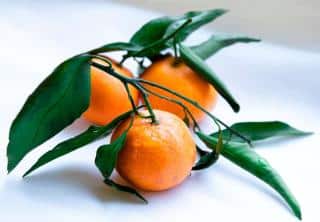
As is the case for all citrus trees, its foliage is evergreen. The leaves have an oval shape, and they’re a shiny dark green on top and mat green on the underside.
Just like yuzu, mandarin tree stems may sometimes have sharp thorns.
In spring, white and very fragrant flowers appear. They’re followed by tiny round fruitlets that mature into round, slightly flattened mandarin oranges.
Did you know… ?
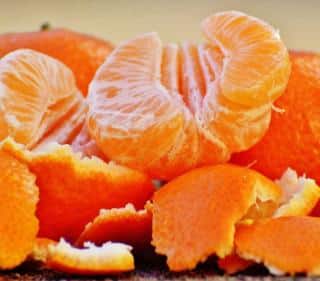
Read also:
Unsurprisingly, mandarine trees need sun to develop, bloom, and bear fruit. It’s also a frost-vulnerable tree, unless it never freezes in your area, you’re better off growing it in a pot. This makes it possible to bring it to shelter when the cold rolls in.
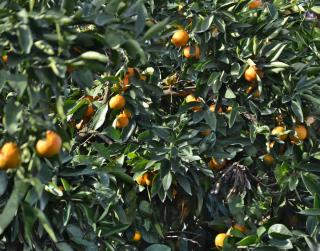
Last but not least, the mandarin orange tree doesn’t like wind-swept areas: wind tends to dry the soil out and also damages leaves and fruit. So you’ll have to plant it in a sheltered spot.
Since it isn’t very hardy, and that the dormant phase extends from October to February, it’s best to plant your mandarin orange tree in spring and even in summer.
If you live in regions where winter is mild, it’s possible to grow your mandarin directly in the ground. Otherwise, it’s better to plant in a container.
Make sure your terrain meets the needs of mandarin orange trees. If need be, add soil mix or even peat to the earth in your garden.
To increase drainage, try layering clay pebbles out along the bottom of the planting hole.
Start with a container that’s large enough for the roots to spread well. It must also have holes or devices to ensure proper drainage. Lastly, avoid terra cotta pots: these tend to dry out too quickly.
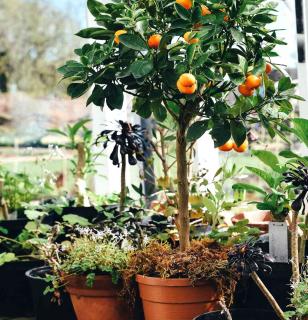
Regarding the substrate, use a blend of 30% garden dirt, 30% growing soil mix and 30% peat. For the remaining 10%, use either perlite or pozzolana.
Last of all, to make watering easier, keep a inch or two free up near the rim (a few centimeters), between the top of the container and the surface of the substrate.
Smart tip: Whether in a pot or in the ground, adding a layer of natural mulch such as pine bark mulch will help lock moisture in the soil and at the same time prevent weeds.
The slow growth of the mandarin orange tree makes pruning irrelevant (apart from branches that get in your way). However, like all the other types of citrus, it’s a heavy feeder and it needs lots of fertilizer. That’s the reason behind the fact that you have to fertilize twice a month. Best are slow-release fertilizers: they give the mandarin tree enough time to absorb nutrients as time passes. Liquid fertilizers tend to get washed away before the plant can extract the nutrients it needs.
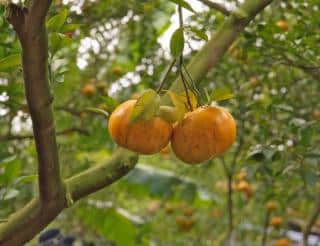
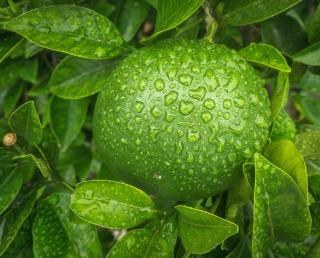
From October to February, during the dormant phase, don’t water as much and stop giving the plant fertilizer. Also remember to winterize your mandarin orange tree, either with winterizing fleece if it’s planted in the ground, or by hauling it indoors to a light, cool spot that won’t get any warmer than 50-60°F (10-15°C).
Finally, potted mandarin orange trees need repotting every 2 to 3 years. This gives roots more space to grow and also renews the substrate.
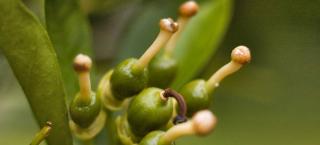
Sowing seeds is possible in spring, when temperatures exceed 60°F (16°C), but the result is more random and it takes longer to bear fruit. Indeed, plants grown from seed won’t necessarily match the parent plant’s characteristics. And it’ll take 10 years before the first fruits set!
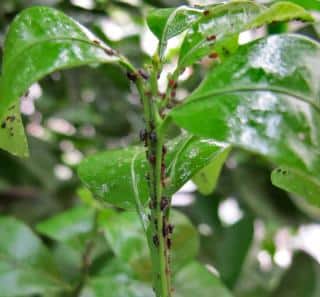
However, it might undergo attacks by:
Read more articles about citrus :